Savoring Centuries of Tradition: A Journey into Mie Prefecture's Tea Culture
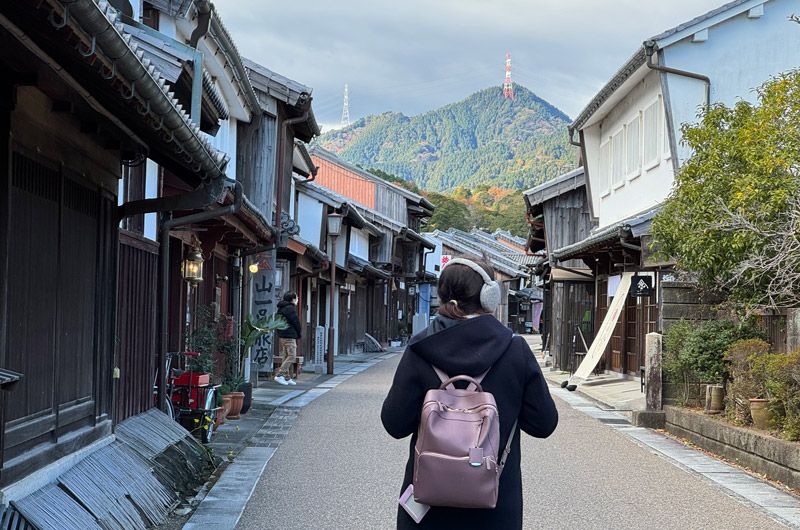
Through visits to an ancient tea shop and a family tea farm, we unraveled the captivating story of Mie's tea heritage, blending centuries of tradition, export history, and the exquisite flavors of its renowned green teas.
Written by Kelly Morita
-Table of Contents -
・Seki-juku – A Historical Post-town
・A Legacy of Tea
・Tasting Tea
・Exploring the History of Tea Farming
・Wrap-up
Seki-juku – A Historical Post-town
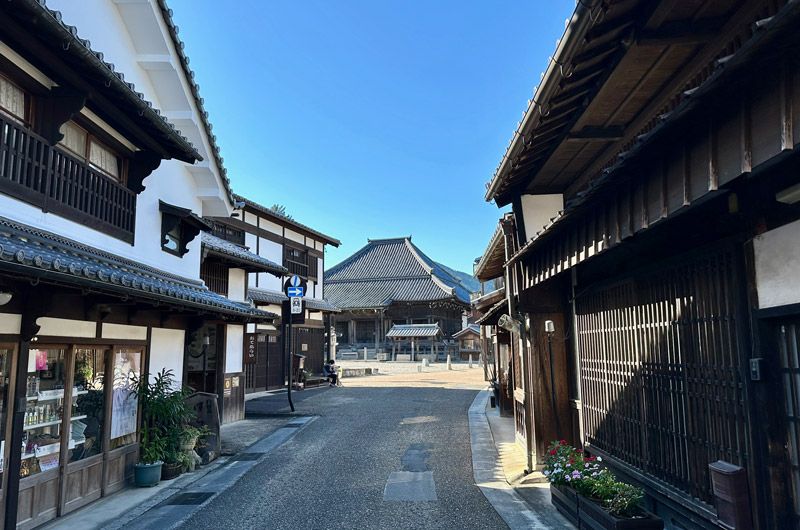
Surrounded by the mountains of Mie prefecture, where time seems to have paused, lies Seki-juku—a town that whispers tales of old Japan along the Tokaido Highway. As I delved into its history, I discovered a Japanese tea business that took root here in 1865. Today, Seki-juku proudly stands as the most well-preserved post town from the Edo period (1603-1867), offering a captivating glimpse into a bygone era.
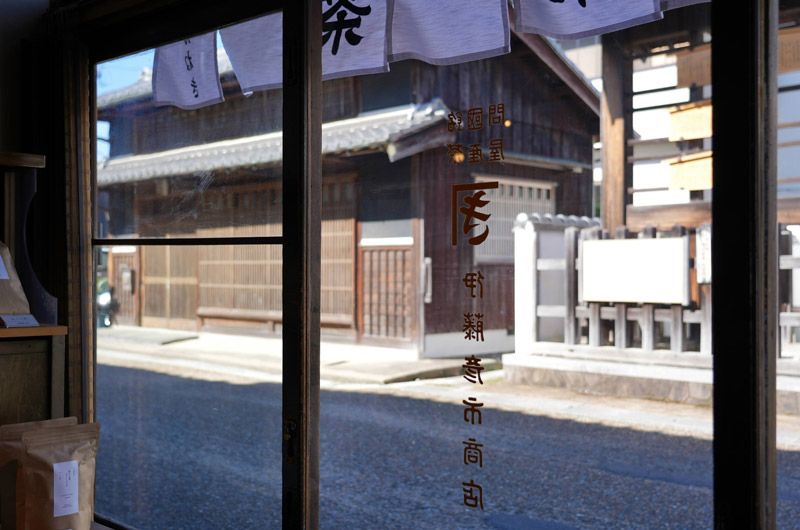
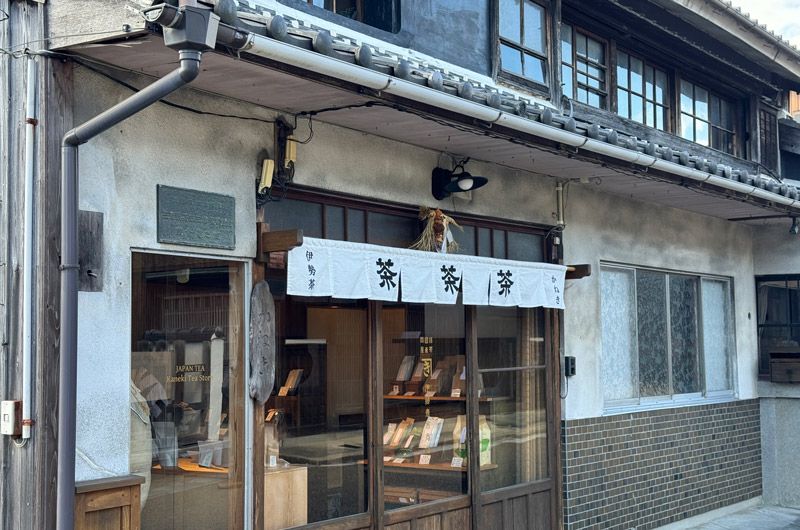
A Legacy of Tea
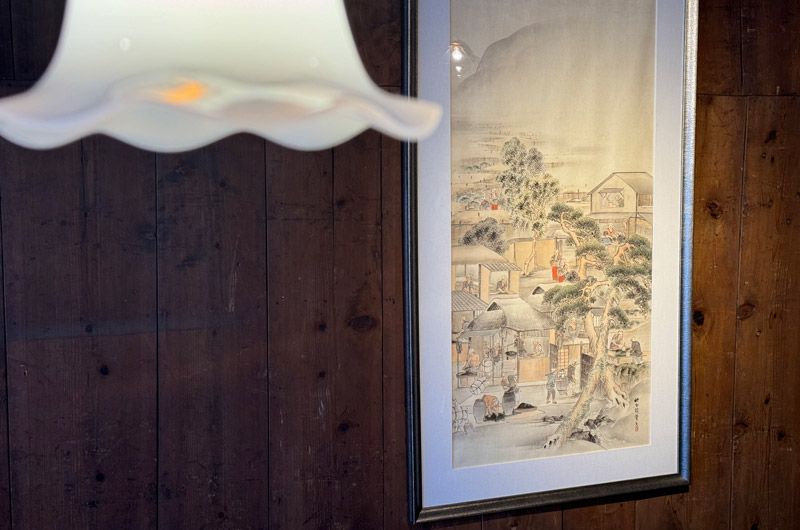
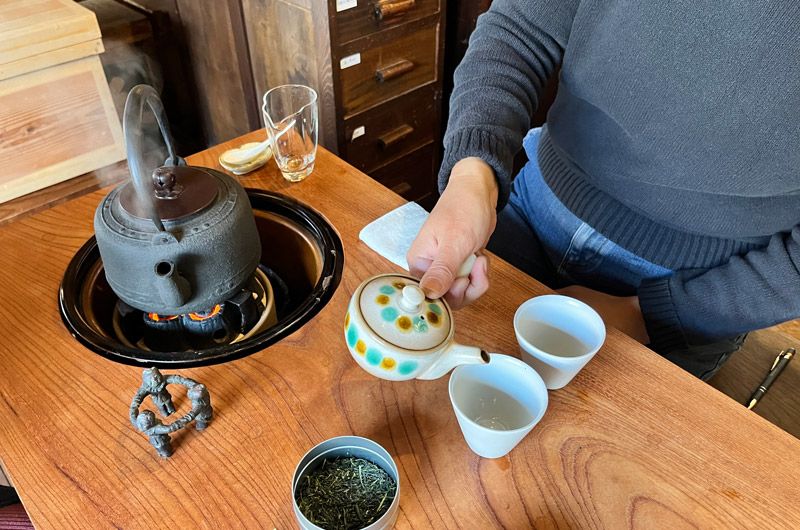
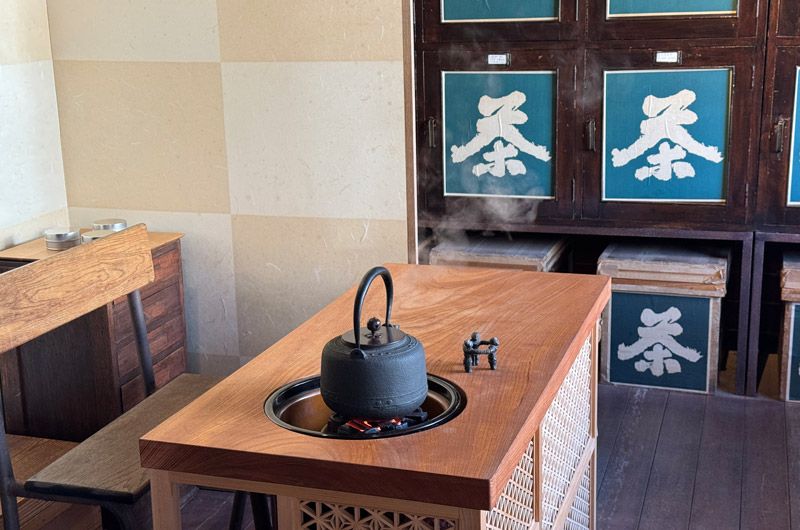
Tasting Tea
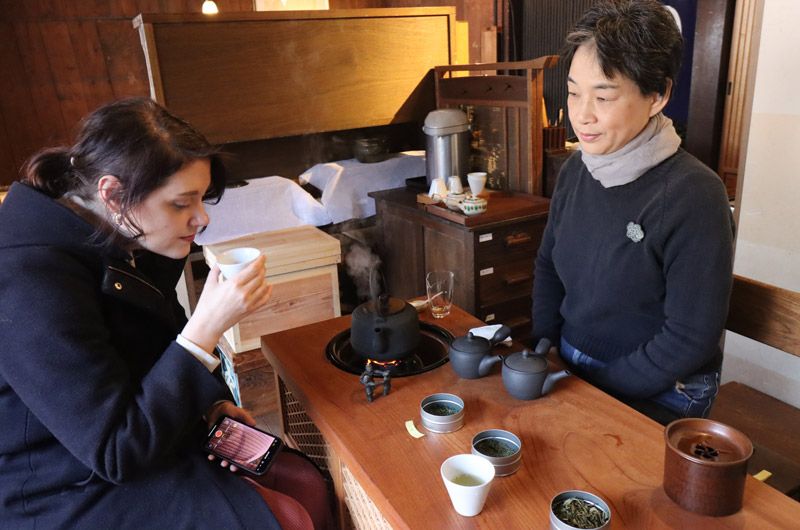
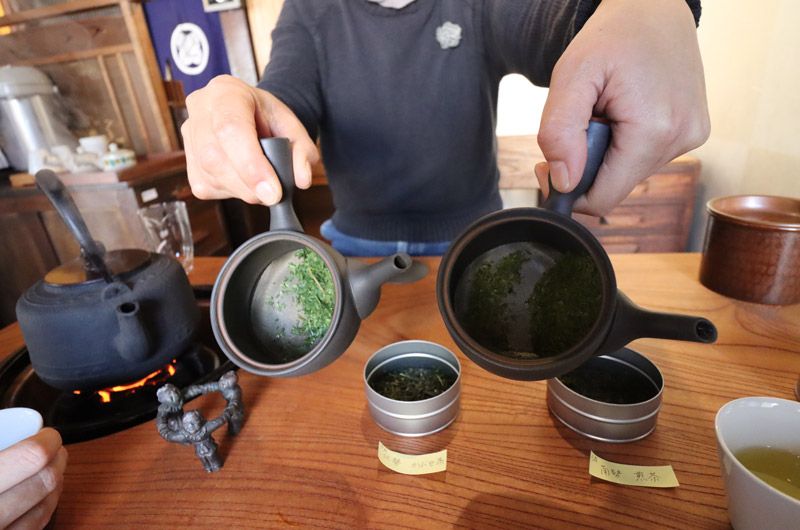
Exploring the History of Tea Farming
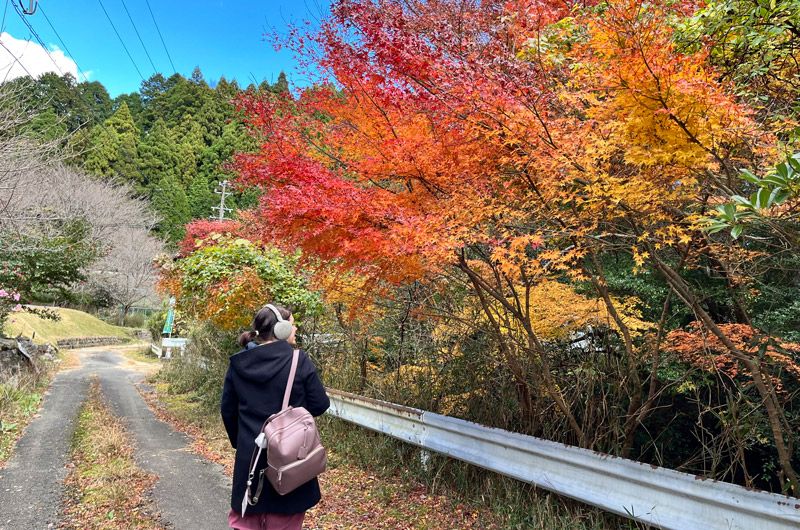
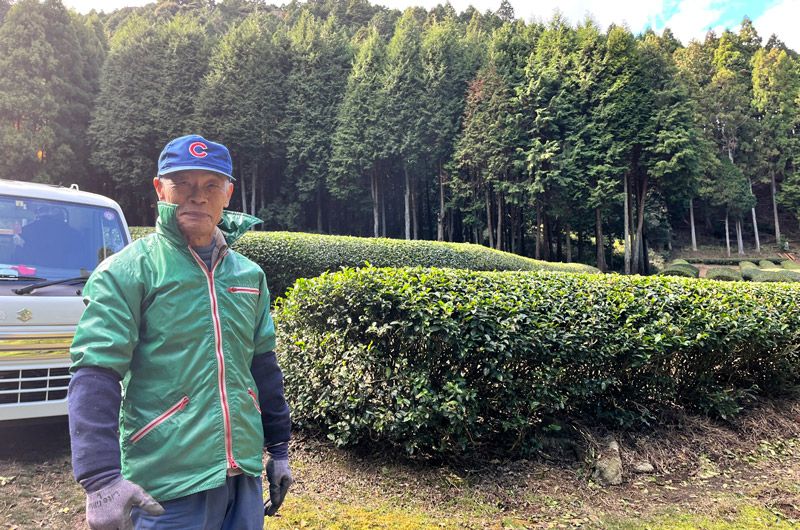
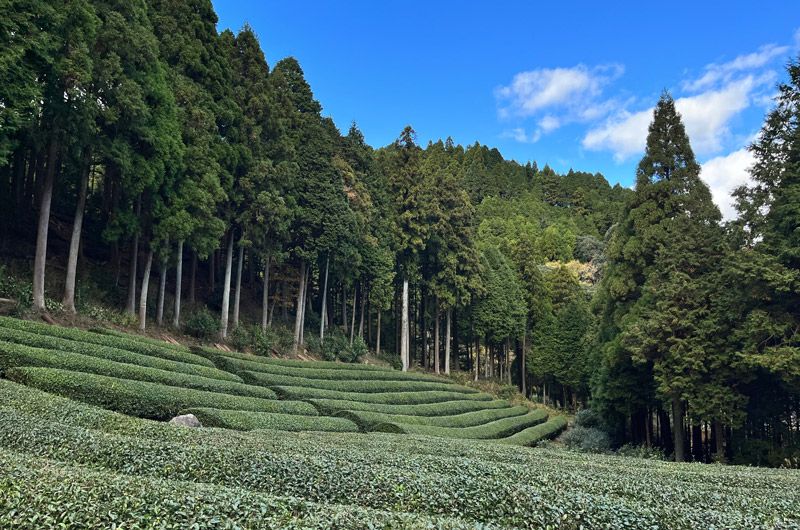
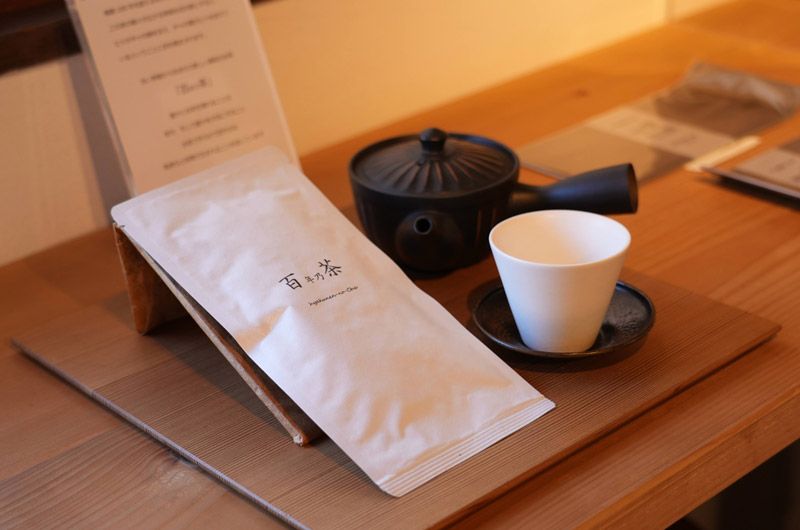
Wrap-up
In the quiet charm of Seki-juku and the flourishing tea fields, I found myself immersed in a timeless journey through the rich tapestry of Mie's tea culture—a journey that left me not only with a deeper appreciation for Japanese tea but also with a profound respect for the artisans who breathe life into this centuries-old tradition.
Information
Kaneki Tea Store
Address: 390 Nakamachi, Sekicho, Kameyama City, Mie Prefecture
Business hours: 10:00am-5:00pm
Closed: Wednesdays and Sundays
Official website: https://www.kaneki-isecha.com/ (Japanese)